Clubs who changed their name
Looking at some of the English clubs who took on a new identity...
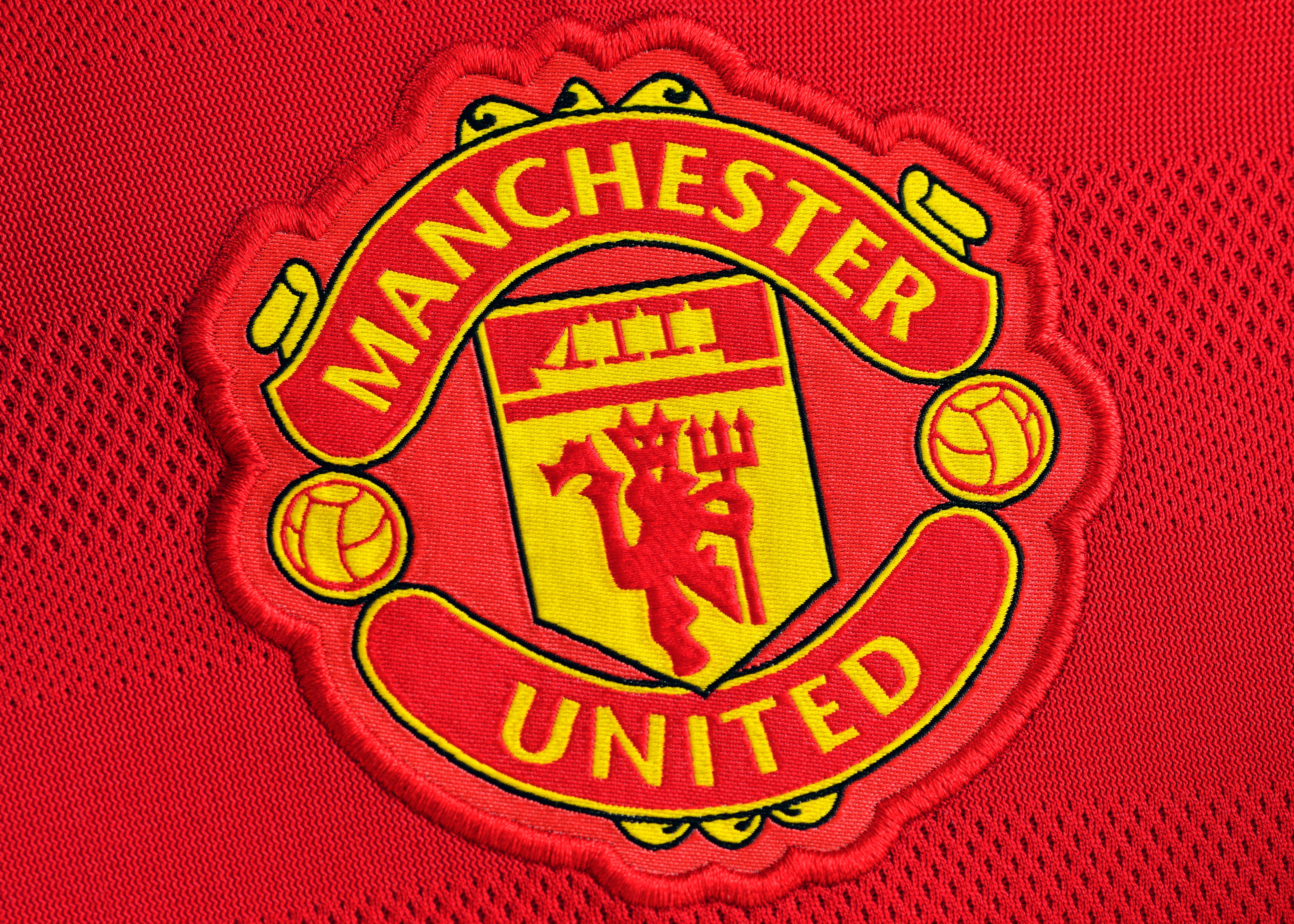
How many football clubs have changed their name? Quite a lot, as it happens, with a fair few doing it more than once.
And there are all sorts of reasons why it might happen, from merging with another club to wanting to better represent the local area.
Here, we take a look at the English sides who’ve gone under different identities in the past, some for many decades.
Arsenal
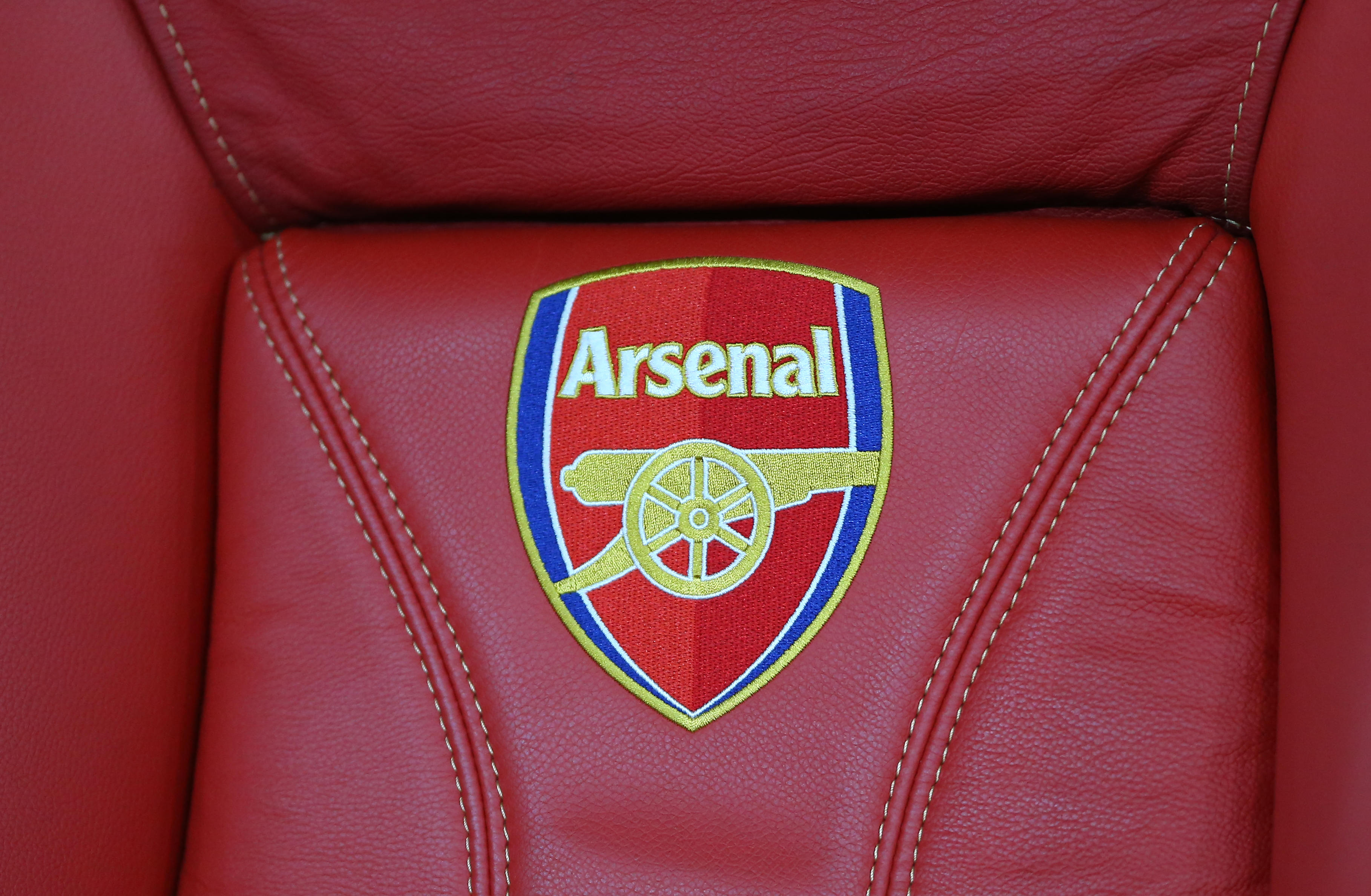
Founded in 1886 as Dial Square FC by munitions workers at the Royal Arsenal and later renamed Woolwich Arsenal, Arsenal relocated to north London in 1913.
The following year, the Gunners became The Arsenal – which, if you take a look at the club’s record on Companies House, you’ll see is still their official name.
Birmingham City
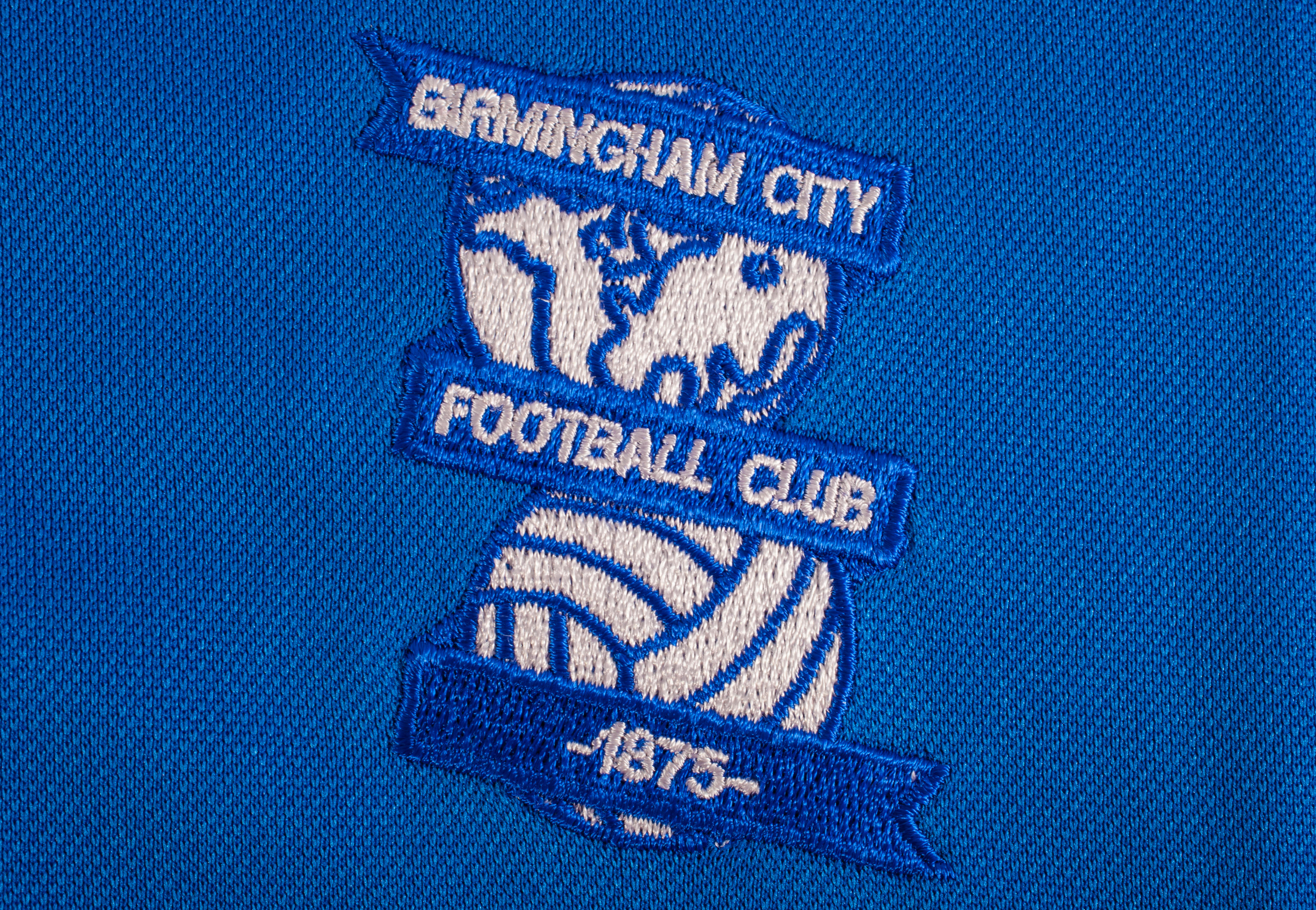
Originally based in the Small Heath Area of Birmingham, Birmingham City started out in 1875 as Small Heath Alliance.
After periods as Small Heath FC and Birmingham FC, the Blues adopted their current name during the Second World War, the one with which they would become the first English club to reach a major European final – of the Inter-Cities Fairs Cup in 1960.
Get FourFourTwo Newsletter
The best features, fun and footballing quizzes, straight to your inbox every week.
Bolton Wanderers
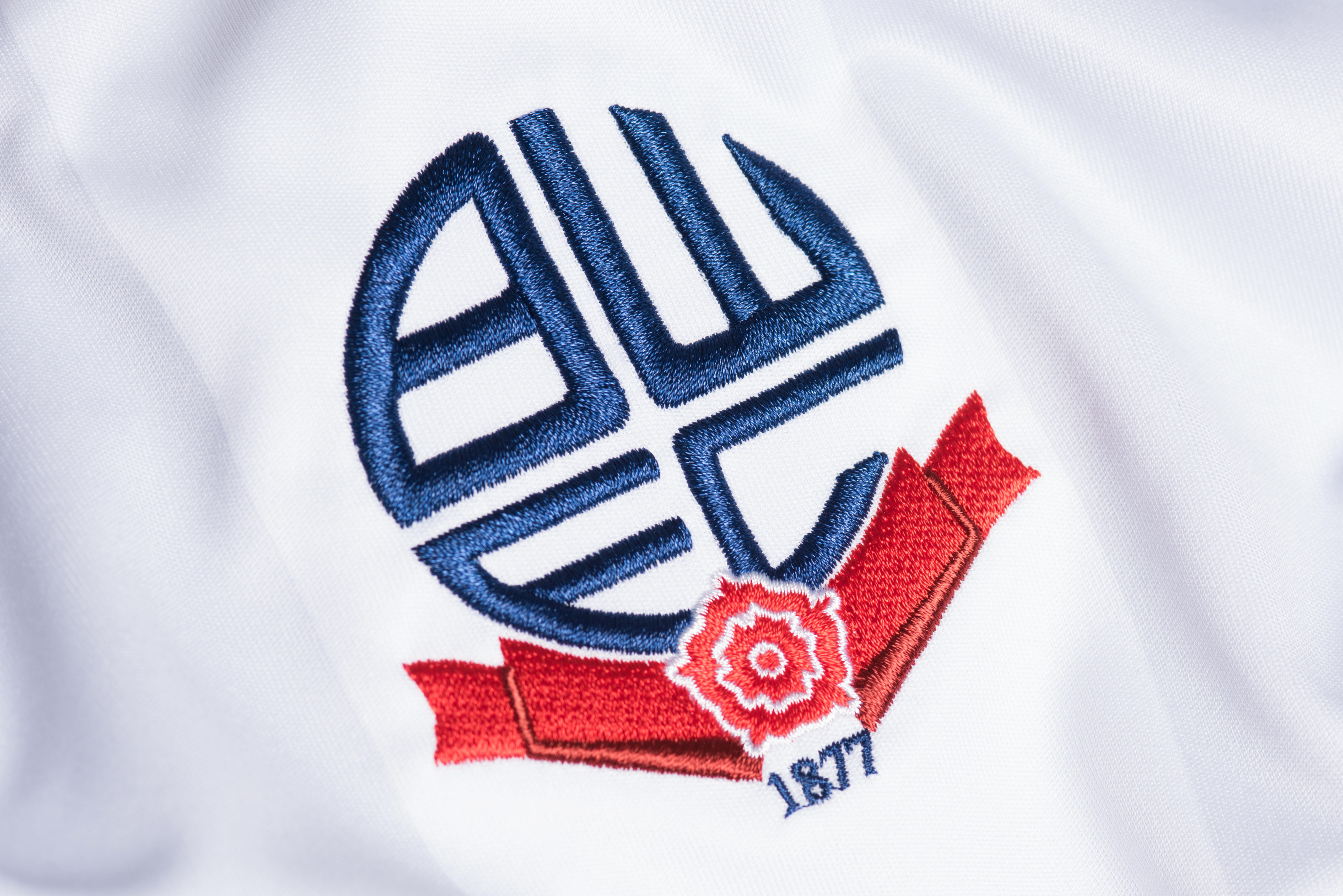
Founded in 1874 by the Reverend Joseph Farrall Wright and church schoolmaster Thomas Ogden, Bolton Wanderers began life as Christ Church FC.
They changed their name to Bolton Wanderers three years later, choosing that particular suffix as they had led something of a nomadic existence early on, playing home games at three different grounds between 1874 and 1877.
AFC Bournemouth
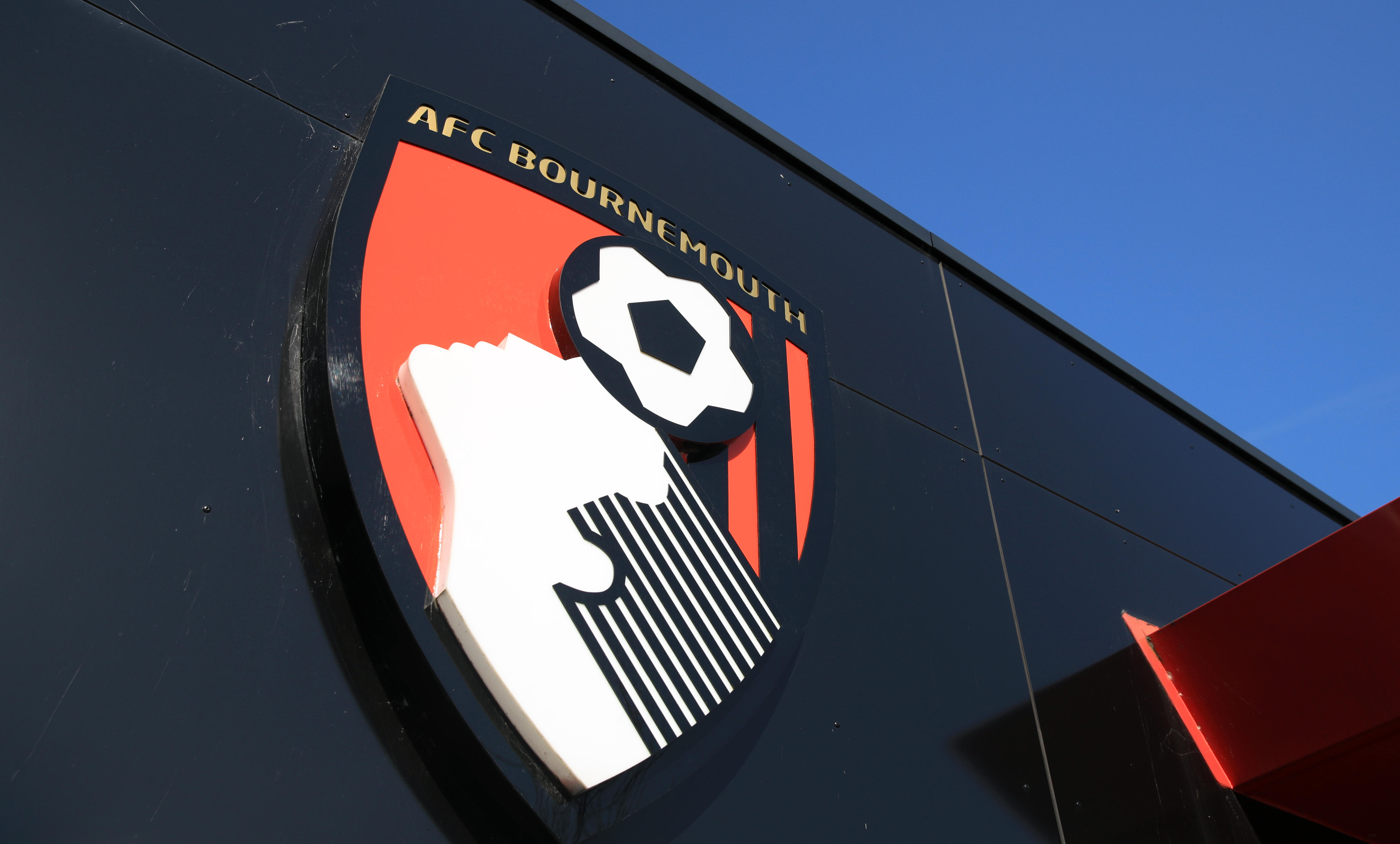
Hailing from the Bournemouth suburb of Boscombe, AFC Bournemouth were established in 1899 as Boscombe FC.
Having gone by the name of Bournemouth and Boscombe Athletic for the best part of 50 years, the Cherries adopted their current moniker ahead of the 1971/72 system, with the intention of appearing first alphabetically among English clubs (there’s no fooling us, Bournemouth).
Coventry City
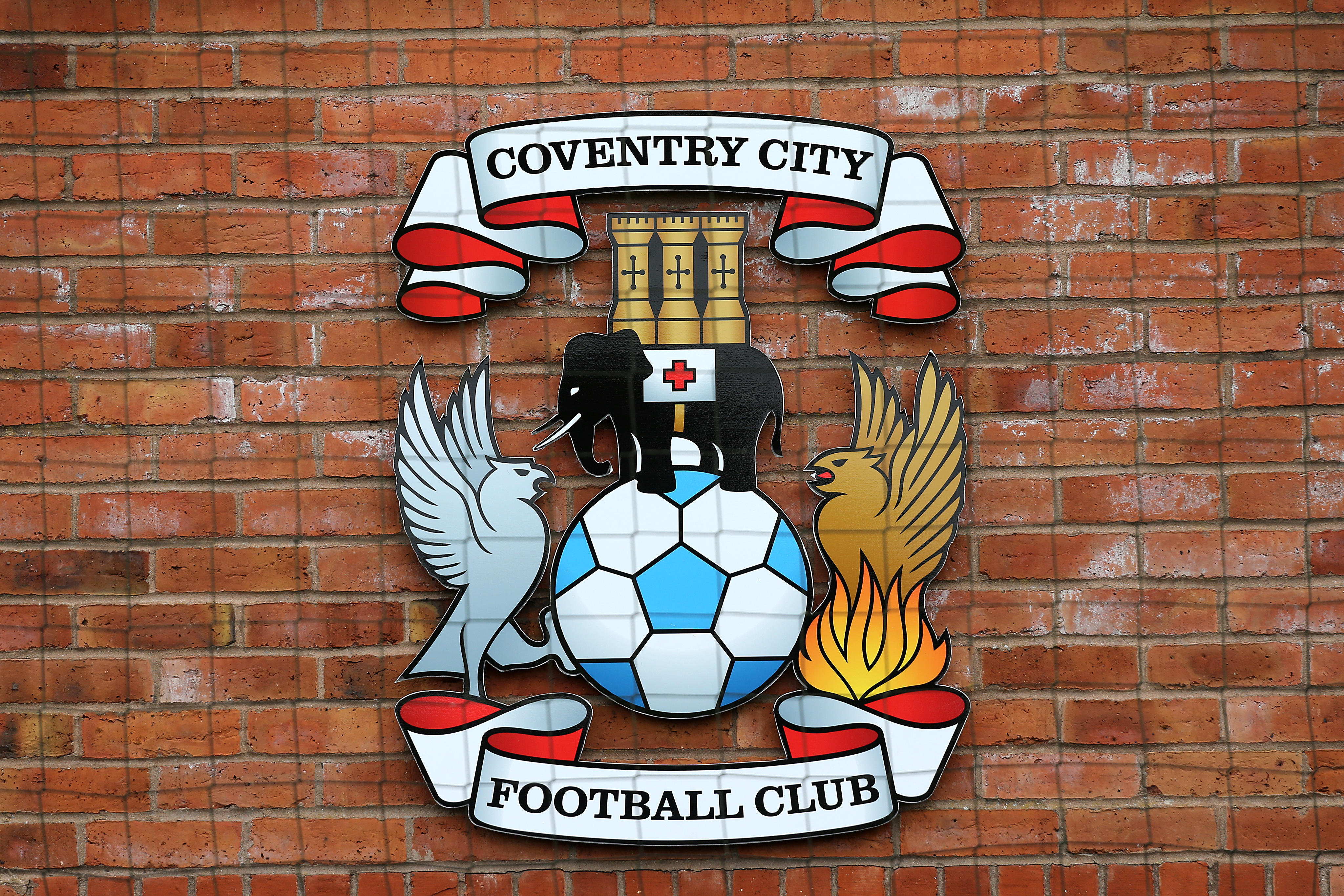
Coventry City were initially known as Singers FC, after being founded in 1883 by employees of the local Singer bicycle-making company.
They assumed their current identity in 1898 and their nickname, the Sky Blues, in the 1960s – when legendary manager Jimmy Hill changed the club’s home colours from white and blue.
Everton
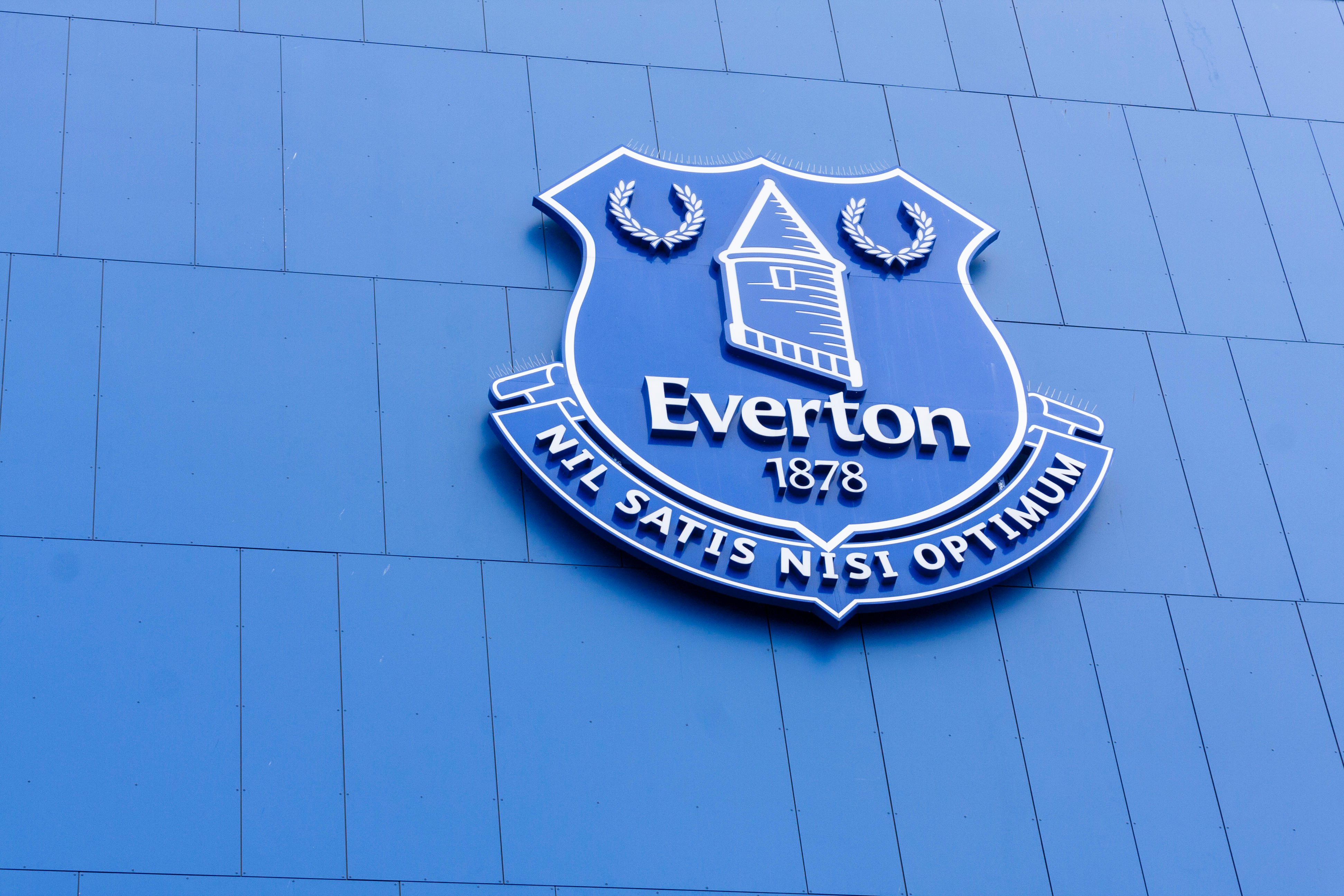
Fourteen years older than arch-rivals Liverpool, Everton started out in 1878 as St. Domingo’s FC, rooted in the congregation of the St. Domingo Methodist New Connexion Chapel.
Renamed Everton after the local area the following year, the Blues were actually playing at Anfield when they won their first league title in 1891. They moved to Goodison Park in 1892 amid an ongoing dispute with landlord John Houlding – who subsequently formed Liverpool.
Fulham
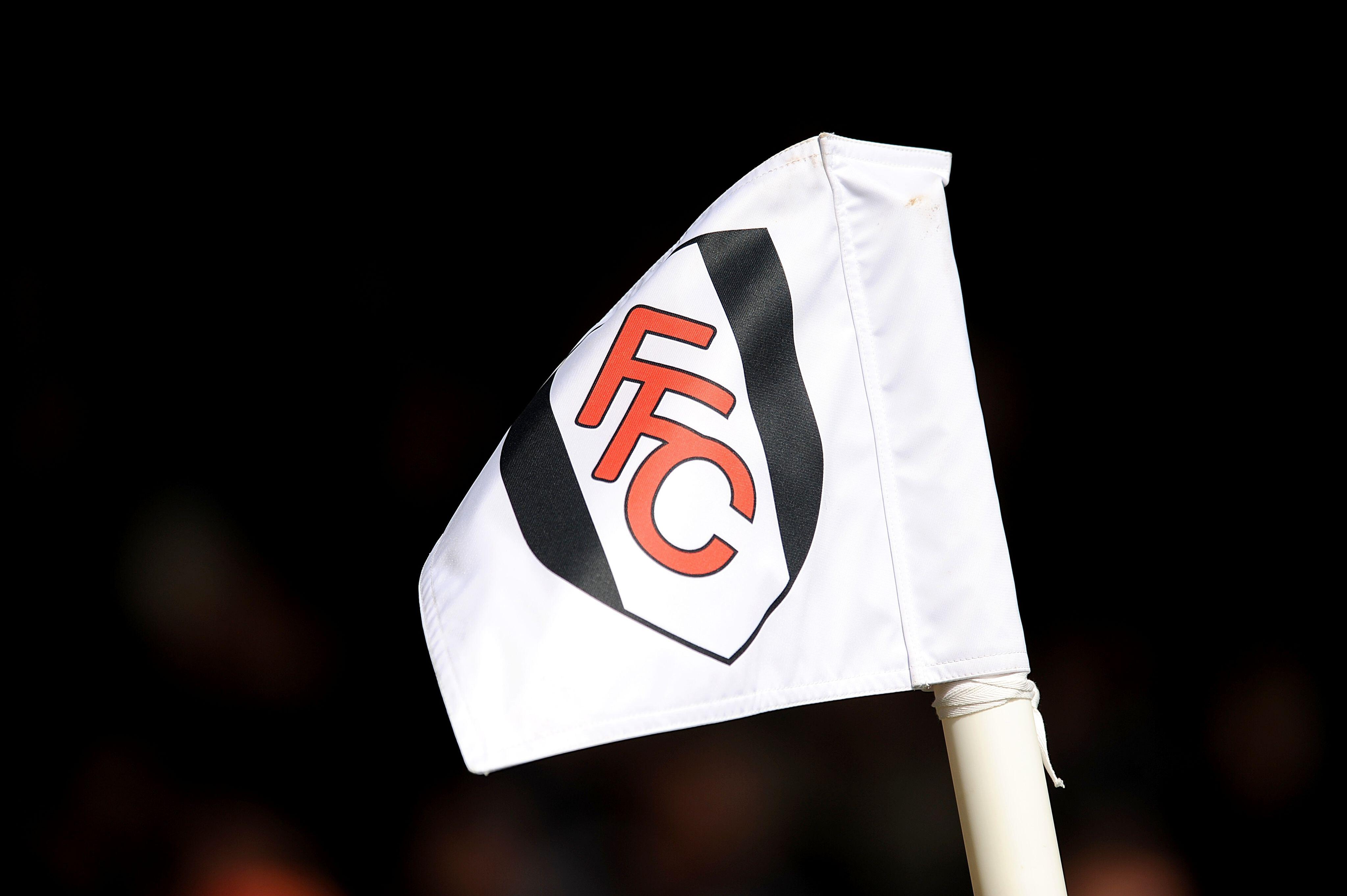
Fulham trace their origins back to Fulham St Andrew’s, a football and (primarily) cricket club set up at Fulham St Andrew’s Church in 1879.
The West London outfit became Fulham FC in 1889, dropping the early nickname of the Saints. By then, though, they were playing at Craven Cottage – their home to this very day and the basis for their familiar Cottagers nickname.
Leicester City
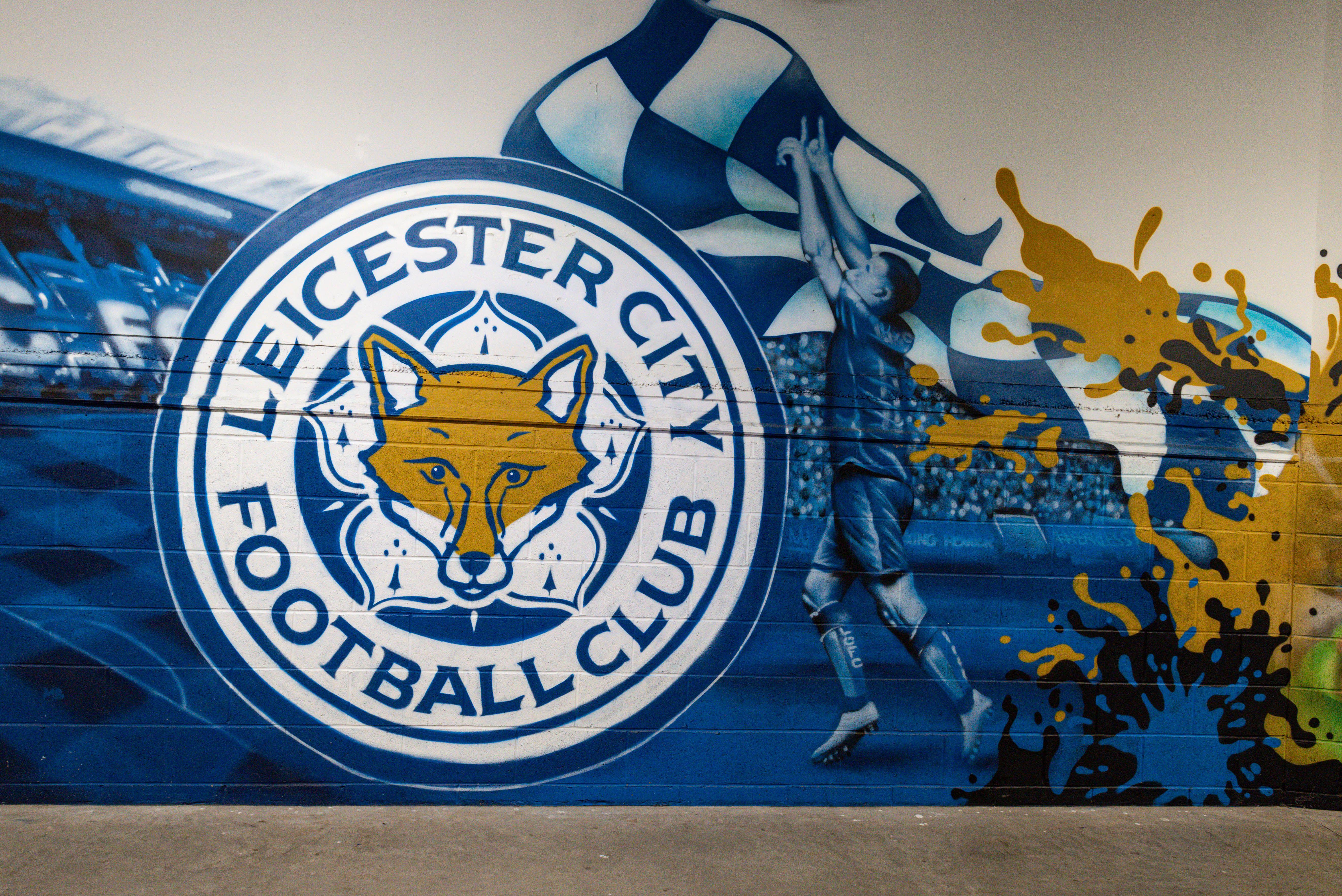
Leicester City came into being in 1919 – when Leicester gained city status – as the reformation of Leicester Fosse, who had been founded in 1894 by old boys from Wyggeston Grammar School.
In 2003, Foxes fans voted against a proposal to return to the club’s original name, which came from the fact that early home games were played on a field by Fosse Road.
Manchester United
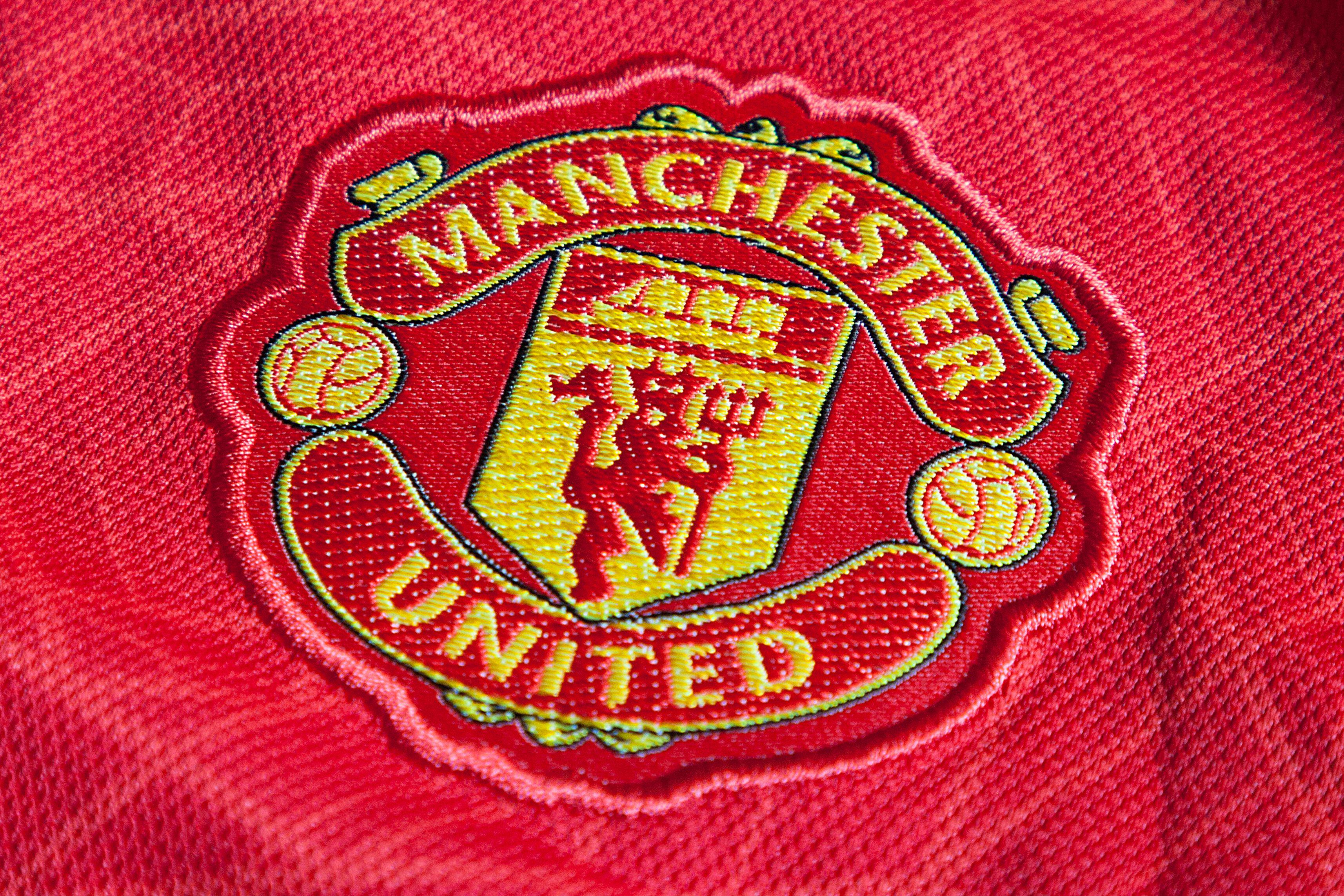
The world’s most famous football club began life as Newton Heath LYR FC, established by the Carriage and Wagon department of the Lancashire and Yorkshire Railway depot in the Manchester district of Newton Heath.
In 1902, as the club made a fresh start following financial difficulties, the name was changed to Manchester United – and the kit colours from green and gold to the red, white and black so instantly recognisable today.
Oxford United
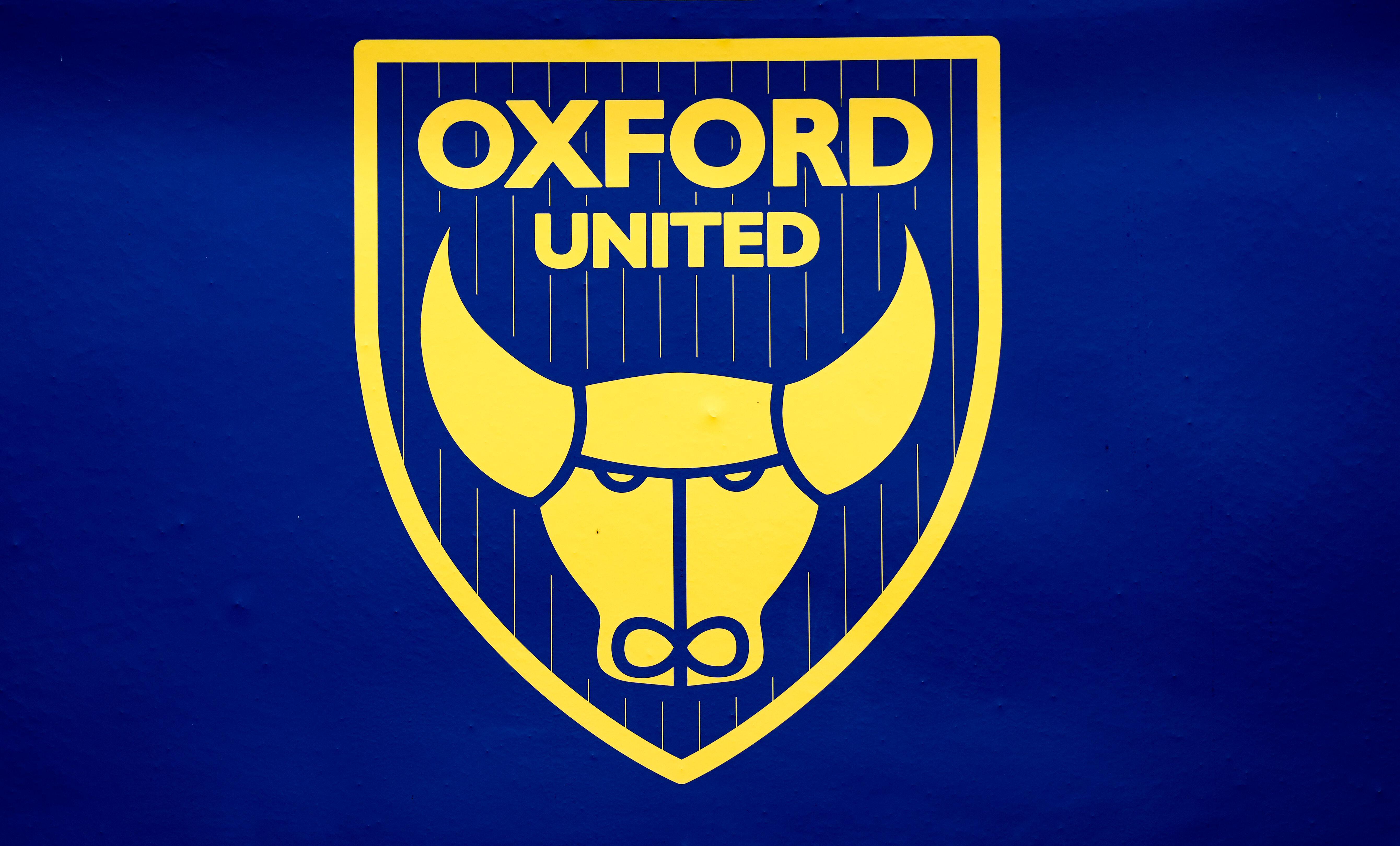
Oxford United hail from the suburb of Headington, and they started out in 1893 as Headington FC – before becoming Headington United after merging with another local club, Headington Quarry, in 1911.
The club adopted their current name in 1960 in an effort to raise their profile, and they won their first major trophy just over a quarter of a century later: the 1985/86 League Cup.
Sheffield Wednesday
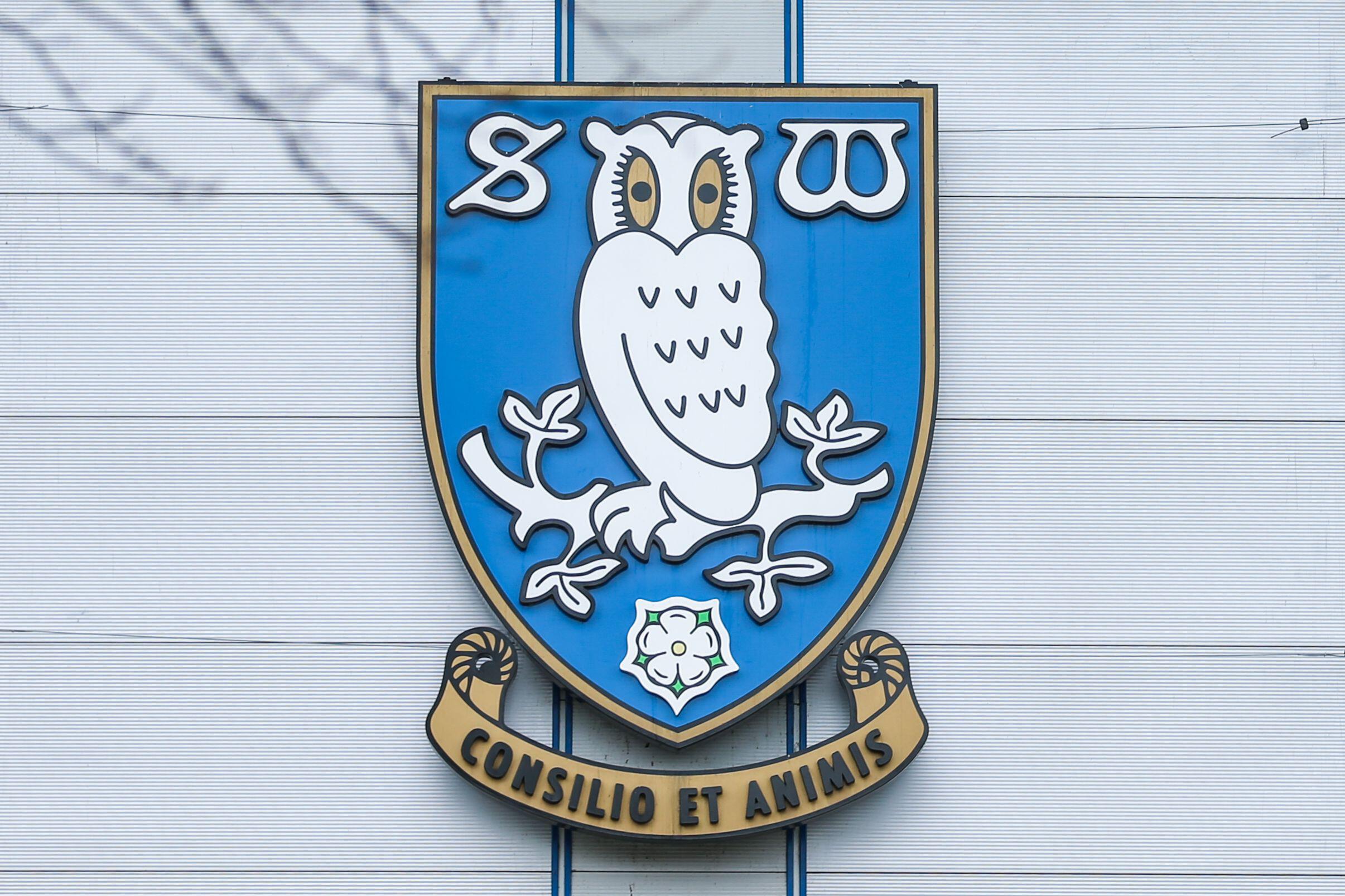
Bearing one of the most distinctive names in world football, Sheffield Wednesday were founded in 1867 as The Wednesday – an offshoot of the cricket club of the same name, whose founding members had Wednesday afternoons off work.
The Owls – so nicknamed for their home suburb of Owlerton – didn’t officially change their name to Sheffield Wednesday until 1929, after winning their third of four First Division titles.
Southampton
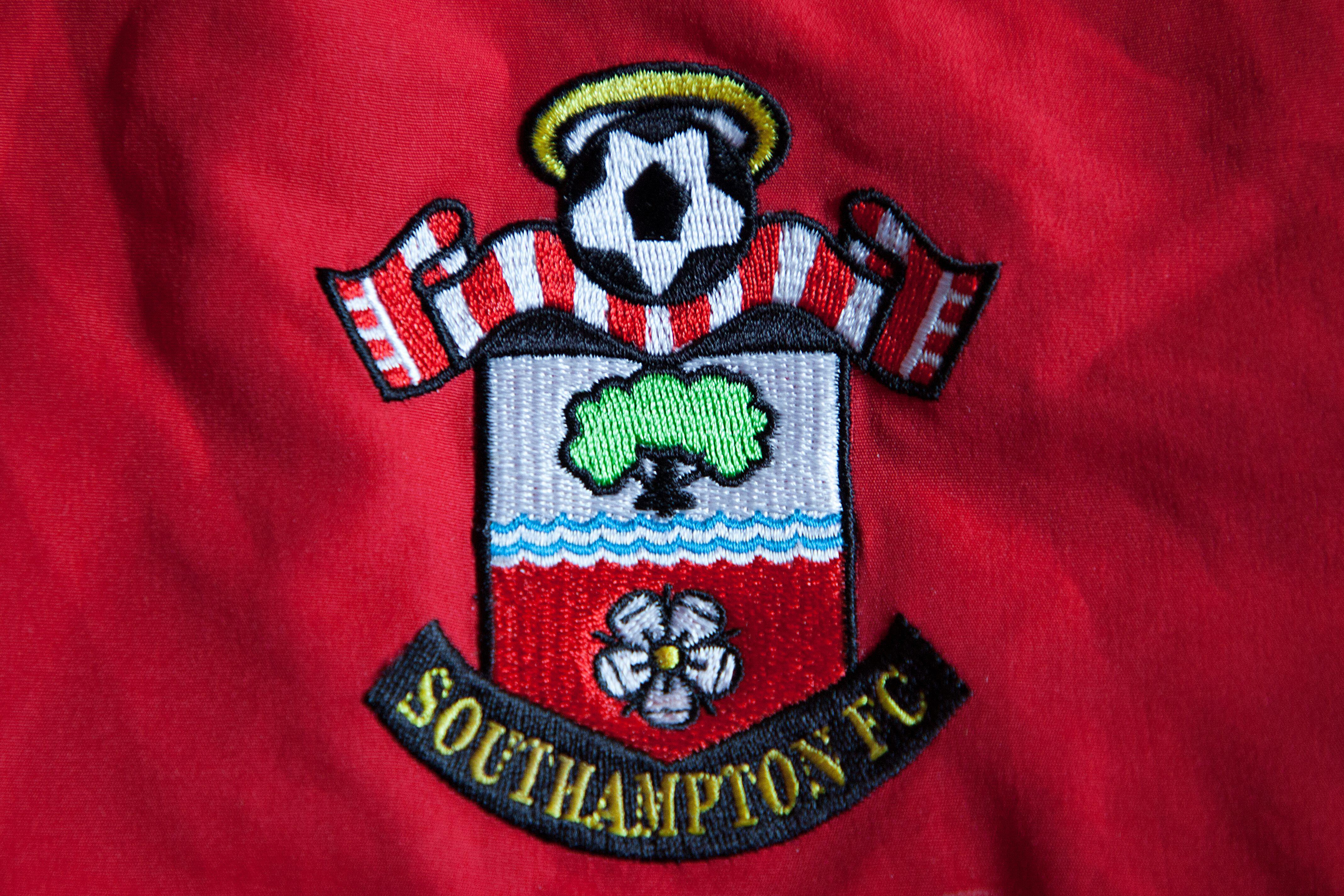
Southampton play at St Mary’s, and the Saints started out in 1885 as the team of the local church of the same name.
They were initially known as St. Mary’s Y.M.A. (Young Men’s Association), before becoming simply St. Mary’s then Southampton St. Mary’s and, finally, after winning the 1896/97 Southern League title, Southampton.
Stevenage
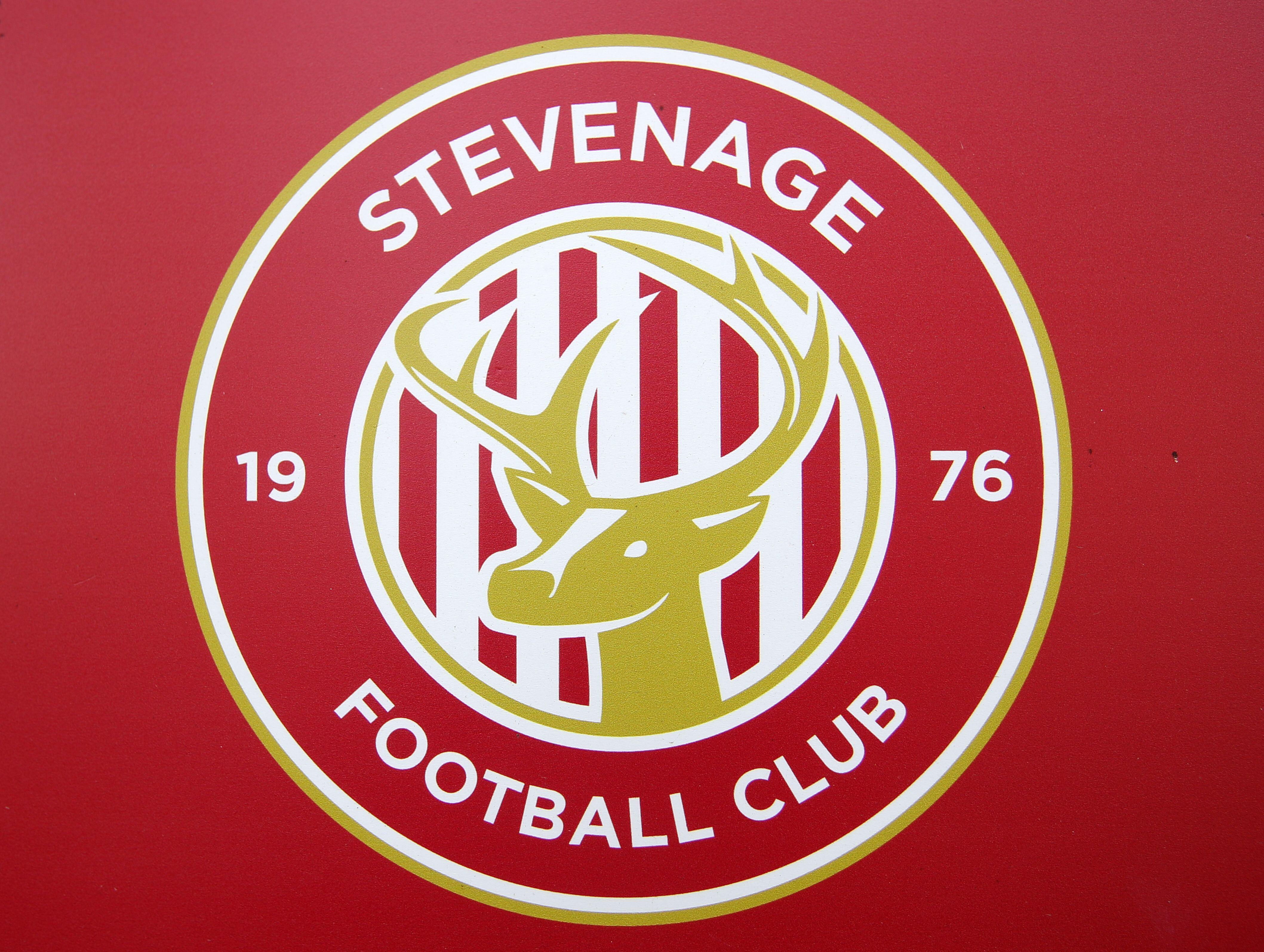
By far the most recent name change on this list is that of Stevenage, who went by Stevenage Borough from their formation in 1976 until 2010.
Having been promoted to the Football League for the first time in their history, the Hertfordshire outfit dropped the ‘Borough’ from their name – although they are still known affectionately as Boro.
Tottenham Hotspur
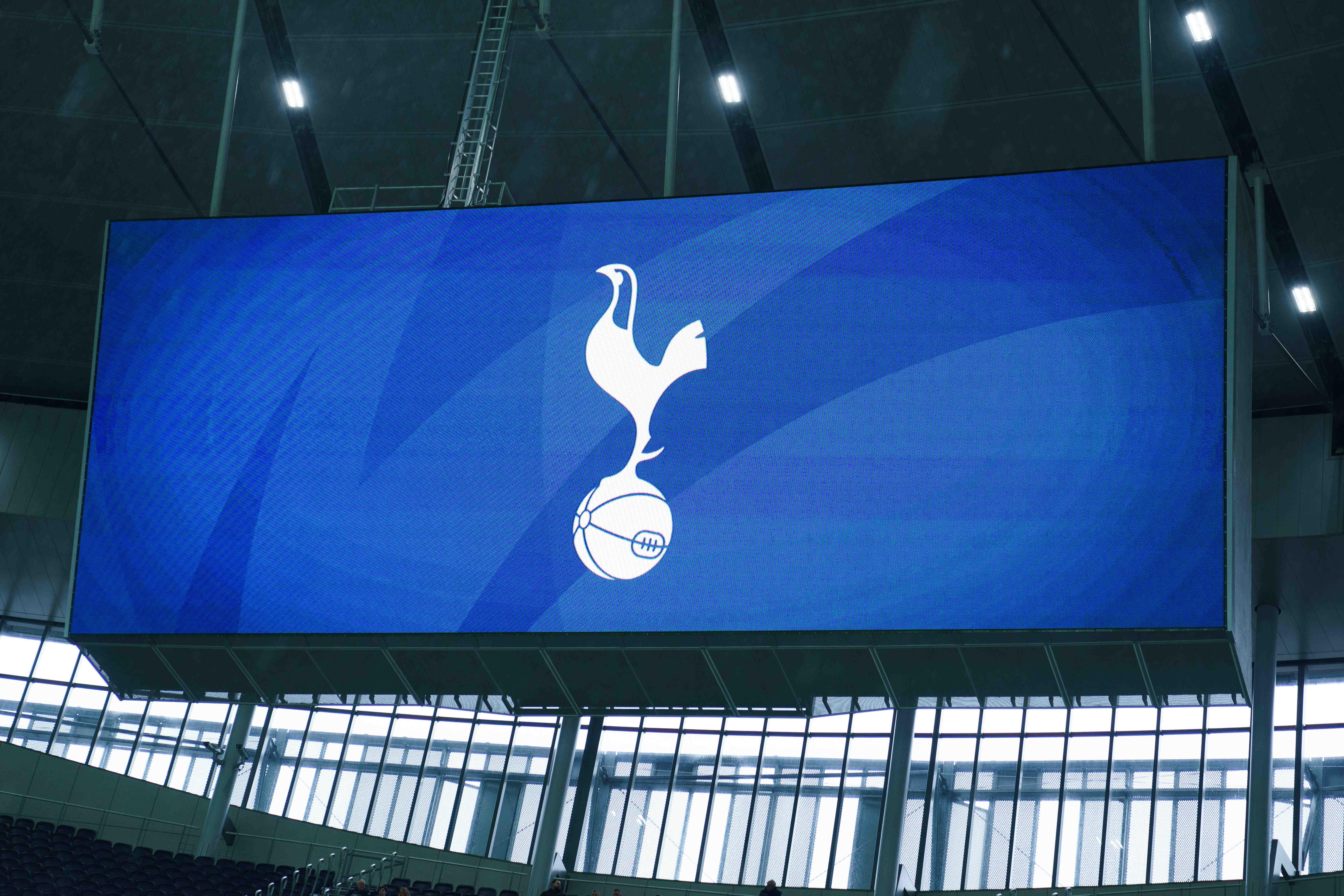
Set up by a group of North London schoolboys in 1882, Spurs were originally called the Hotspur Football Club – its founders having belonged to the Hotspur Cricket Club.
They became Tottenham Hotspur in 1884, the year before they turned professional and 15 years before moving to White Hart Lane, their famous home of more than a century.
West Ham United
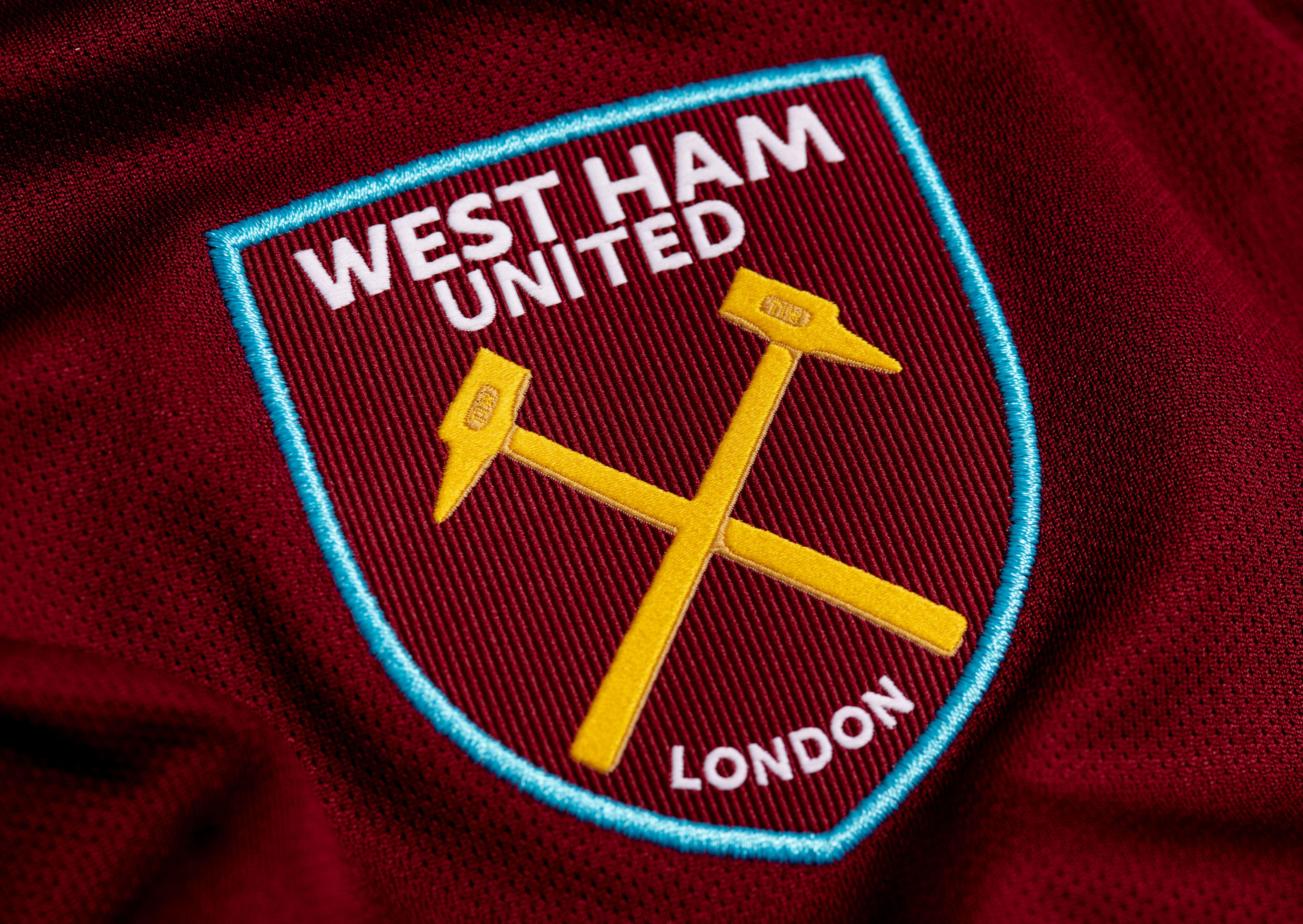
West Ham’s origins stem from Thames Ironworks FC, the 1895-founded works team of the Thames Ironworks and Shipbuilding Company.
The club was reformed as West Ham United in 1900, taking its name from the East London district where they were based and taking its predecessor’s place in the Southern League.
Wolverhampton Wanderers
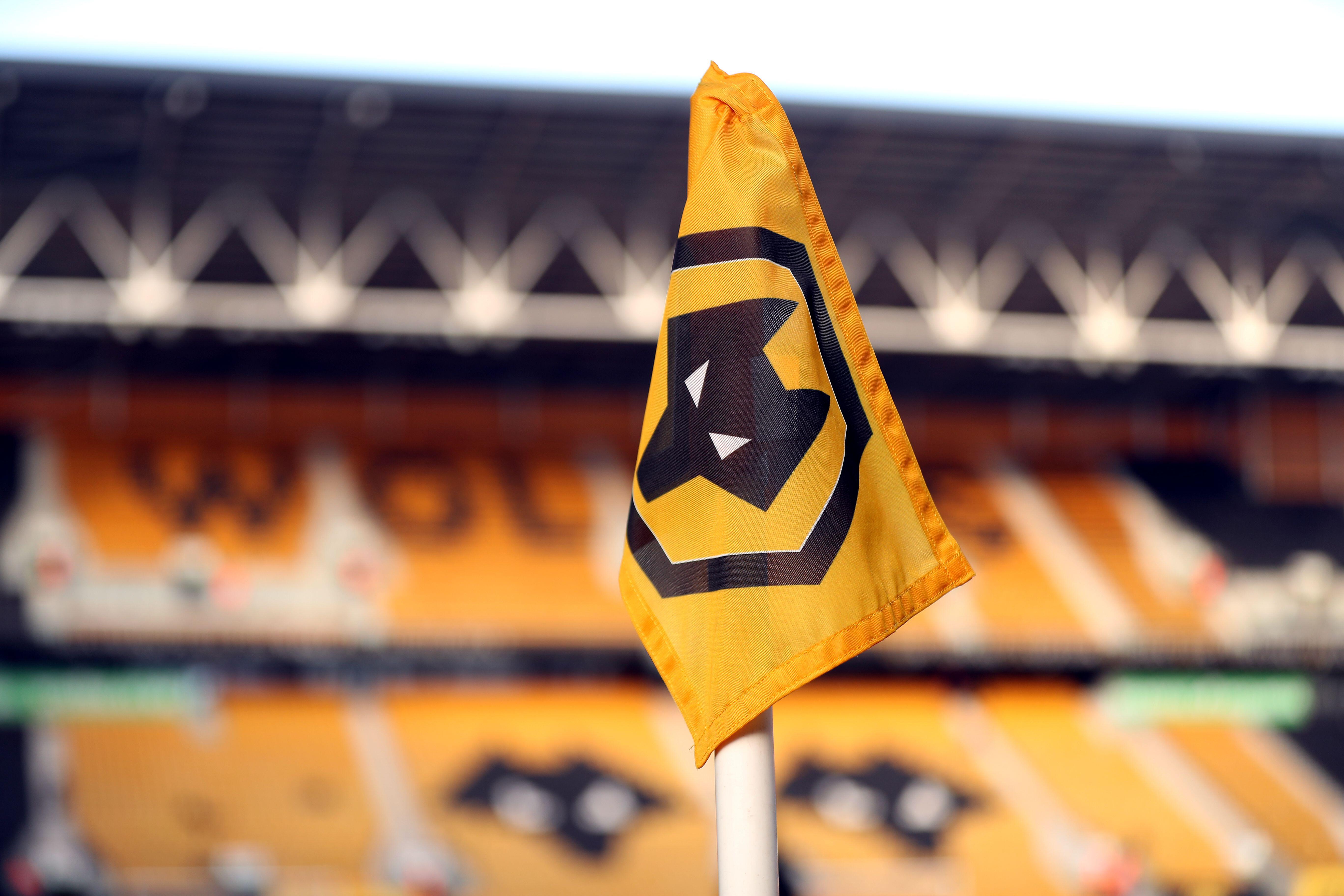
Wolverhampton Wanderers are widely known simply as Wolves, but the three-time champions of England were called St. Luke’s FC at the outset.
Founded by pupils of St. Luke’s Church School in the Wolverhampton suburb of Blakenhall in 1871, the club merged with the Blakenhall Wanderers cricket club to get their current name in 1879.
Tom Hancock started freelancing for FourFourTwo in April 2019 and has also written for the Premier League and Opta Analyst, among others. He supports Wycombe Wanderers and has a soft spot for Wealdstone. A self-confessed statto, he has been known to watch football with a spreadsheet (or several) open...

